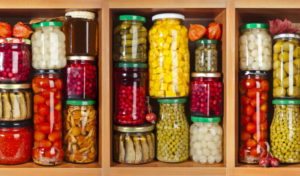As Hurricane Frances was barreling across the Caribbean threatening a direct hit on Florida’s Atlantic coast in 2004, “Residents made for higher ground, but far away, in Bentonville, Ark., executives at Wal-Mart Stores decided that the situation offered a great opportunity for one of their newest data-driven weapons…predictive technology,” reported the New York Times.
“A week ahead of the storm’s landfall, Linda M. Dillmans, Wal-Mart’s chief information officer, pressed her staff to come up with forecasts based on what had happened when Hurricane Charley struck several weeks earlier. Backed by the trillions of bytes’ worth of shopper history that is stored in Wal-Mart’s data warehouse, she felt that the company could ‘start predicting what’s going to happen, instead of waiting for it to happen,’ as she put it,” according to the article.
In the book Data Science for Business: What You Need to Know About Data Mining and Data-Analytic Thinking by Foster Provost and Tom Fawcett, data-driven prediction might have been useful in this scenario, they explain, not to predict an increase in bottled water sales—but to discover patterns that were not obvious.
“…the experts mined the data and found that the stores would indeed need certain products—and not just the usual flashlights. ‘We didn’t know in the past that strawberry Pop-Tarts increase in sales, like seven times their normal sales rate, ahead of a hurricane,’ Ms. Dillman said. ‘And the pre-hurricane top-selling item was beer.’”
Why is this important? Because grocery stores can survive for three-days before a network disruption creates havoc. And that may be moving to even fewer days as the industry gets Amazon’d.
Data analytics, with real time inventory management (my phrase) has perhaps made our food supply more vulnerable as it’s stored in fulfilment centers, not in local stores. Storage is a cost the industry may not be able to afford; leaving even less room for error.
Originally posted at Yoursurvivalguy.com.

